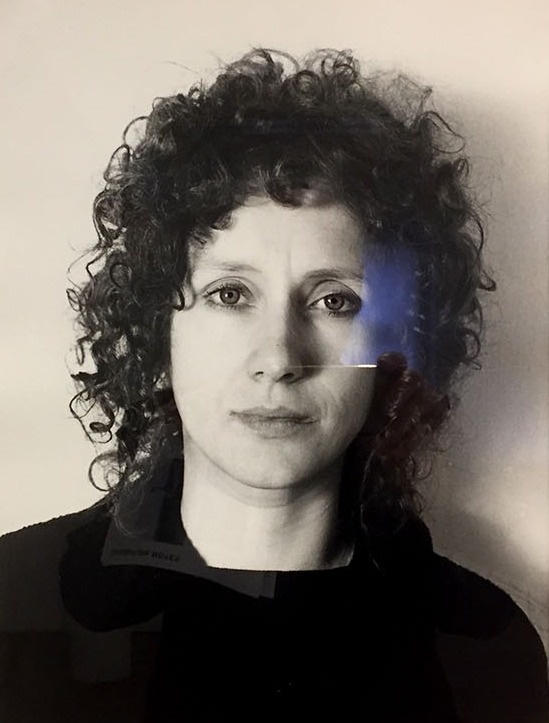
Rose Finn-Kelcey
Rose Finn-Kelcey engaged with diverse artistic mediums, encompassing performance, video, sound, installation, sculpture, photography, papercuts, and posters.
Finn-Kelcey's work is characterized by its diversity, encompassing a range of forms and subjects. Employing wit as an entry point, she invites a broad audience to contemplate themes as varied as life, death, and spirituality, expressed with depth and profundity.
Biography of Rose Finn-Kelcey
Rose Finn-Kelcey was born in Northampton, UK, in 1945. In 1968, she completed her studies at Chelsea College of Art. From that year onward, she lived and worked in London.
Finn-Kelcey initially gained recognition in the early 1970s as a pivotal figure in the burgeoning realms of performance and feminist art within the UK.
During the late 1960s and 1970s, her artistic endeavors unfolded alongside a growing cohort of artists exploring formal experimentation and conceptual approaches. Some of her initial works involved the creation and display of flags in prominent public spaces.
In the 1970s, Finn-Kelcey showcased her work alongside artists such as Carlyle Reedy, Paul Burwell, Tina Keane, and David Medalla.
In 1987, Finn-Kelcey presented one of her "most renowned works." The piece, titled "Bureau de Change," was exhibited at Matt's Gallery in East London. The installation featured £1000 in coins meticulously arranged to mirror Vincent Van Gogh's "Still Life: Vase with Fifteen Sunflowers" (1888).
The artist passed away in 2014 from motor neurone disease.
Finn-Kelcey's work has been exhibited worldwide. Recent solo exhibitions include "Rose Finn-Kelcey" at Frieze Masters 'Spotlight' in London (2023), "Rose Finn-Kelcey" at Kate MacGarry in London (2020), "Bureau de Change" at Tate Britain in London (2019), "Power for the People" at Firstsite in Colchester (2019), and many more.
Years:
Born in 1945
Country:
United Kingdom, London